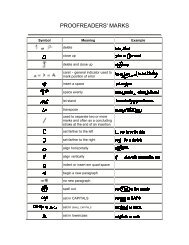View - Martin Kröger - ETH Zürich
View - Martin Kröger - ETH Zürich
View - Martin Kröger - ETH Zürich
You also want an ePaper? Increase the reach of your titles
YUMPU automatically turns print PDFs into web optimized ePapers that Google loves.
THERMODYNAMICALLY ADMISSIBLE REPTATION MODEL<br />
1307<br />
FIG. 7. Steady-state values of the shear stress and first normal stress difference as functions of shear rate<br />
predicted by the models and experiment.<br />
N 1 increase gradually with shear rate, which are consistent with the experimental data.<br />
For the shear stress at rates after the range, our model predicts an increase, the FCS<br />
model shows a lesser increase, and the MLDS model shows a decrease. This decreasing<br />
behavior of MLDS is caused by the exponential switch function used and the additional<br />
term accounting for the CCR effect in the equation for stretch.<br />
We examine the behavior of the steady-state shear stress and its dependence on choice<br />
of our model parameters in more detail in order to understand how to avoid the prediction<br />
of an instability region as mentioned earlier. In Fig. 8, we see that the inclusion of chain<br />
FIG. 8. Steady-state values of the dimensionless shear stress as functions of dimensionless shear rate predicted<br />
by the DE model, the model without any constraint release effects 1 0, 2 0, the model with double<br />
reptation effect 1 1/, 2 0, the model with double reptation and convective constraint release effects<br />
( 1 2 1/), and the model with double reptation and enhanced convective constraint release effects<br />
( 1 1/, 2 2/. The other parameters of the model are set as Z 20, and max 10.





